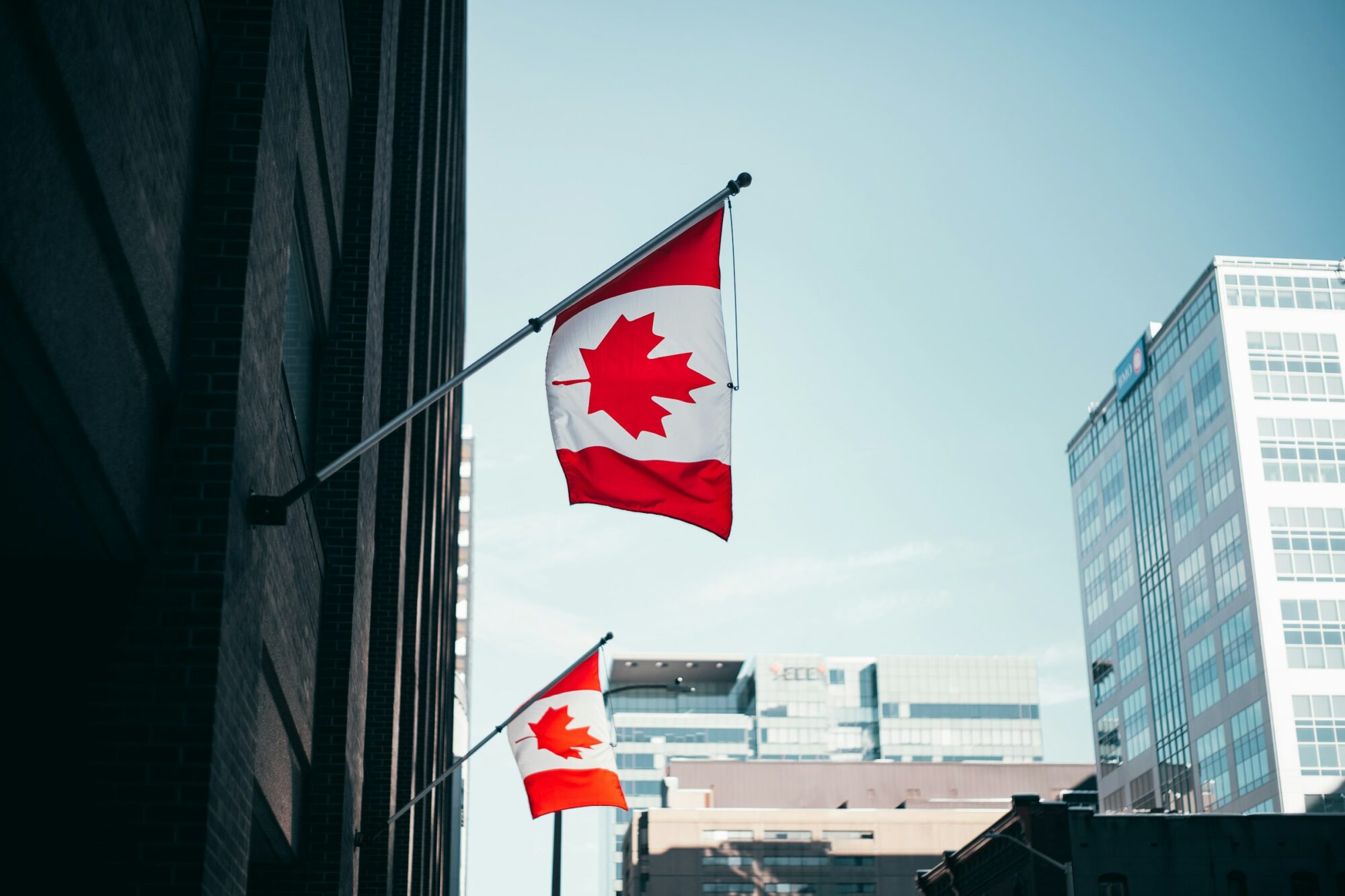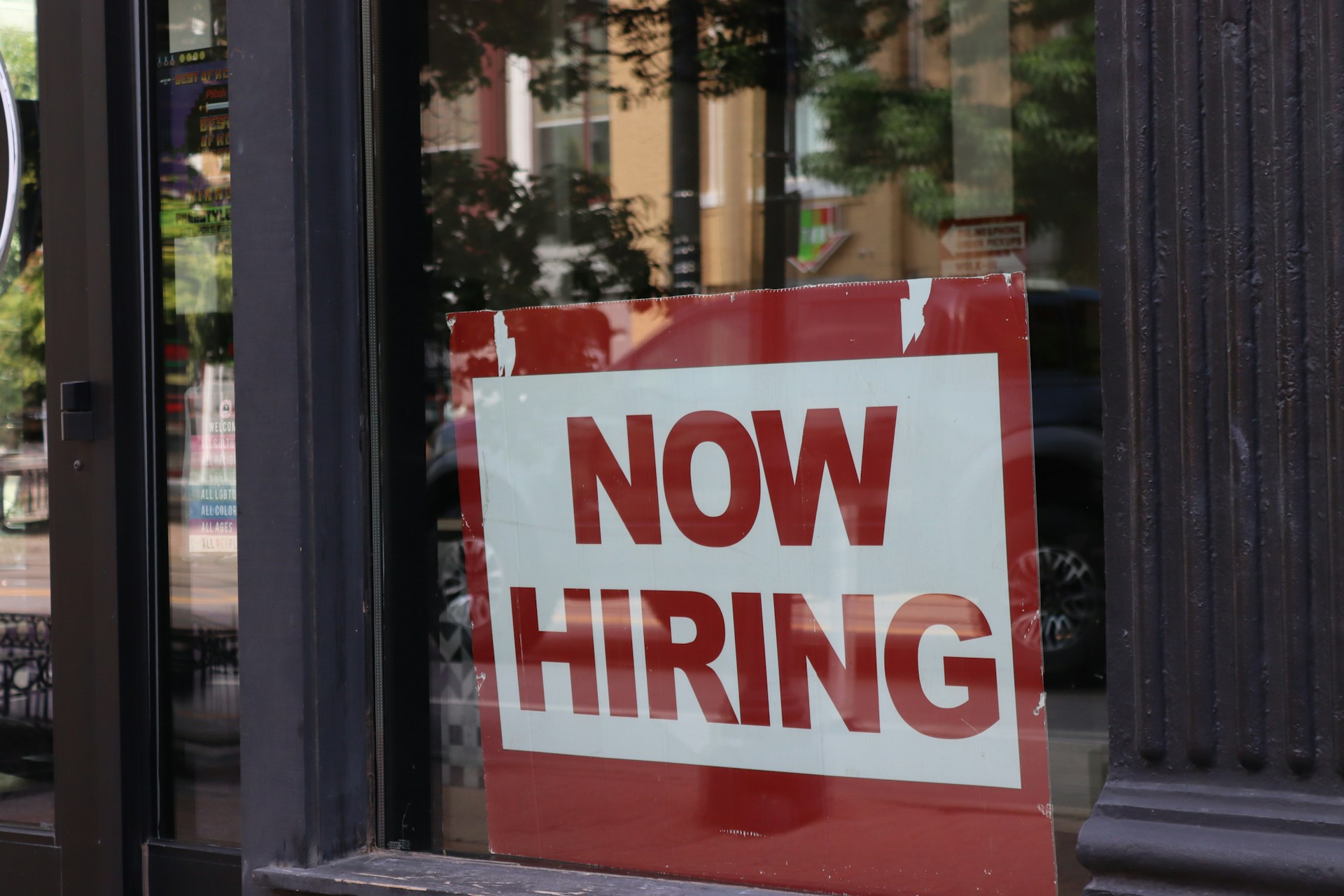The competing personal income tax cuts proposed by the Liberal and Conservative parties in this federal election are almost identical in terms of goals and re-distributive impact, and neither advance a truly progressive agenda.
By contrast, Jagmeet Singh and the NDP are much more effectively addressing the issue of stagnant incomes, rising inequality, and squeezed living standards.
As was to be expected given their consistent advocacy of tax cuts, the Conservatives propose to reduce the base federal income tax rate from 15% to 13.75%, over time. This rate applies to taxable income of individuals above about $12,000 per year up to $47,630, the starting point of the second tax bracket.
For their part, the Liberals propose to raise the threshold from which the 15% lowest tax rate is applied, from $12,069 to $15,000, again in steps.
While the detail is different, both are promising a very small cut in personal income tax spread across almost all taxpayers. The maximum tax saving for an individual would be about $450 per year under both proposals. The average saving would be much lower.
Both plans would cost about $6 billion per year in lost federal government revenues when fully implemented by the 2023-24 fiscal year. This gap would have to be made up by squeezed federal government spending on social programs and public services or, at the very least, not introducing significant increases to current spending.
Both plans would benefit the very affluent whose incomes have been rising at a rate well above the average fuelling the growth of extreme income inequality. The maximum benefit under the Conservative plan would go to all taxpayers, including the top 1% and higher. The Liberal plan has a cap, but it is phased out only for those earning almost $150,000 per year, and is not lost until above an income of more than $210,000.
Economist Trevor Tombe of the University of Calgary calculates that the Liberal proposal is somewhat more generous to households with pre tax incomes of less than $80,000, and somewhat less generous than the Conservative proposal to the very affluent who will not get the full tax tax cut. But the difference between the two plans for most voters is trivial, less than one third of one percent of pre tax income for families making between $40,000 and $80,000.
It is somewhat shocking that the Liberals have taken a big leaf out of the Conservative anti tax bible, to the extent that what remains is little more than the narcissism of small differences between the two parties. Meanwhile, they have indicated that they will only marginally advance a social investment agenda in areas like child care and pharmacare.
Jagmeet Singh and the federal NDP have, at least to date, taken a different approach. They have proposed progressive tax reforms which would raise taxes for the very affluent, including though raising the proportion of capital gains income liable to tax from 50% to 75%. The majority of capital gains income is declared by the top 1%.
Singh has also proposed a small wealth tax of 1% on large fortunes of more than $20 million which the Parliamentary Budget Officer has shown will raise more than $6 billion per year. These additional revenues would fund an ambitious expansion of public services which deliver major benefits to struggling families.
The key case in point is the proposed expansion of public health care to cover prescription drugs and dental care. This would provide a significant financial benefit to struggling families who either lack coverage, or have to pay for expensive private insurance, and would greatly cut the cost of existing employer plans which are essentially paid for out of wages.
But there is a big double benefit from spending on public services. Numerous experts have made the case that a national drug plan and creation of a national drug formulary as well as reduced private insurance overhead costs would save Canadians literally billions of dollars. Similarly, it is less costly and more effective to deliver a not for profit child care program than to leave it all to the market.
The real fiscal choice in the election is between tax cuts which deliver small benefits to many, or ambitious investments in public services which deliver a much bigger and fairer bang for the fiscal buck.





